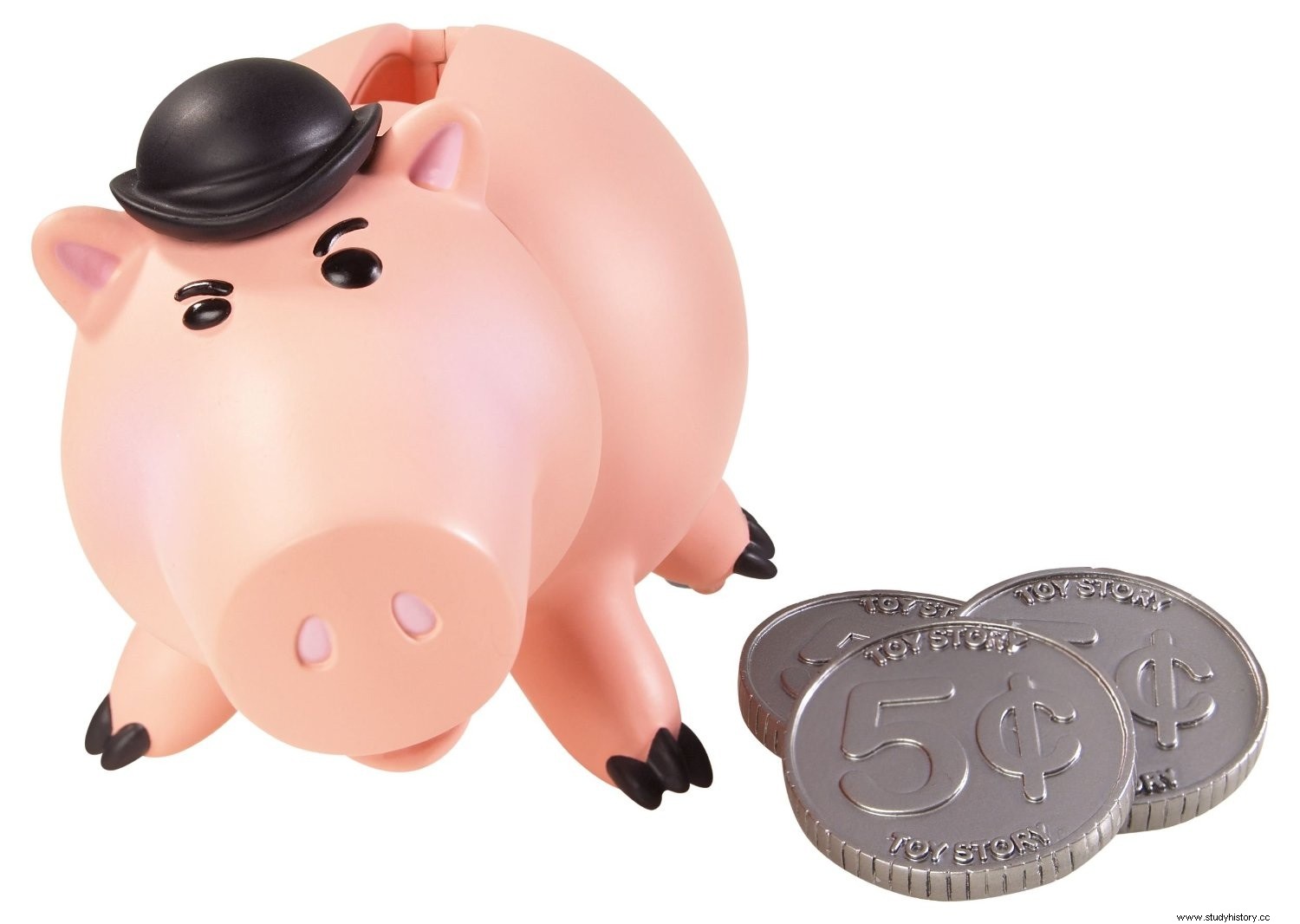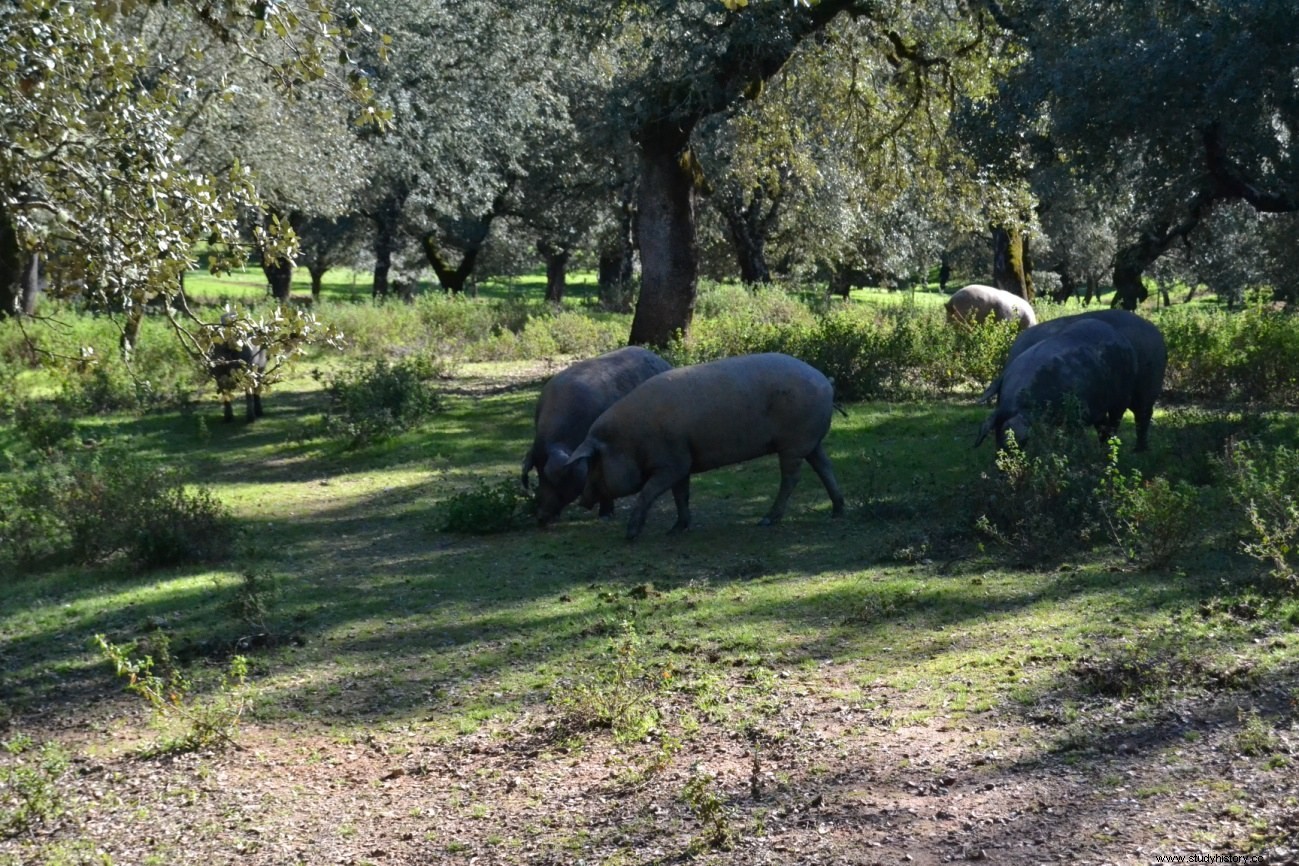Surely you have or have had a piggy bank in the shape of a pig in which you kept your savings, money you received from your parents or grandparents. Like so many things, everything has its explanation, and piggy banks do too.
During the Middle Ages, in the Christian world, a family that had a pig in their house or on their small farm was a symbol of prosperity and guarantee of the future -“the pig is used even to walk ”-, since in case of wars or bad harvests they had a source of food to turn to and with which to survive -in addition to meat, it provides sausages for a year to feed a family-. Let us remember that in Europe in the Middle Ages, life expectancy for men was 49 years and for women 53 years, a short life due to constant diseases such as the Black Death, the lack of sanitary measures and the frequent wars that devastated the continent. During this period of history, the pig herders were the ones who best knew the forests and the boundaries, so they were called to testify about the limits of properties and define their extension.

It must be remembered that eating meat was a privilege that was only available to the wealthy classes; the popular classes had to make do with bread, cereals (porridge), which depended on the geographical area, and offal. Given the difficulty of consuming meat for the less wealthy, having a pig was like now having some savings in a piggy bank to dip into if necessary... that's why they are shaped like a pig .

The domestication of this animal took place in the Anatolian peninsula, present-day Turkey, once the human being ceased to be a nomad to settle in an area and become sedentary. In Europe there is knowledge of its domestication since 4000 BC
Collaboration of Antonio José Pérez Sánchez of EcoSpain
